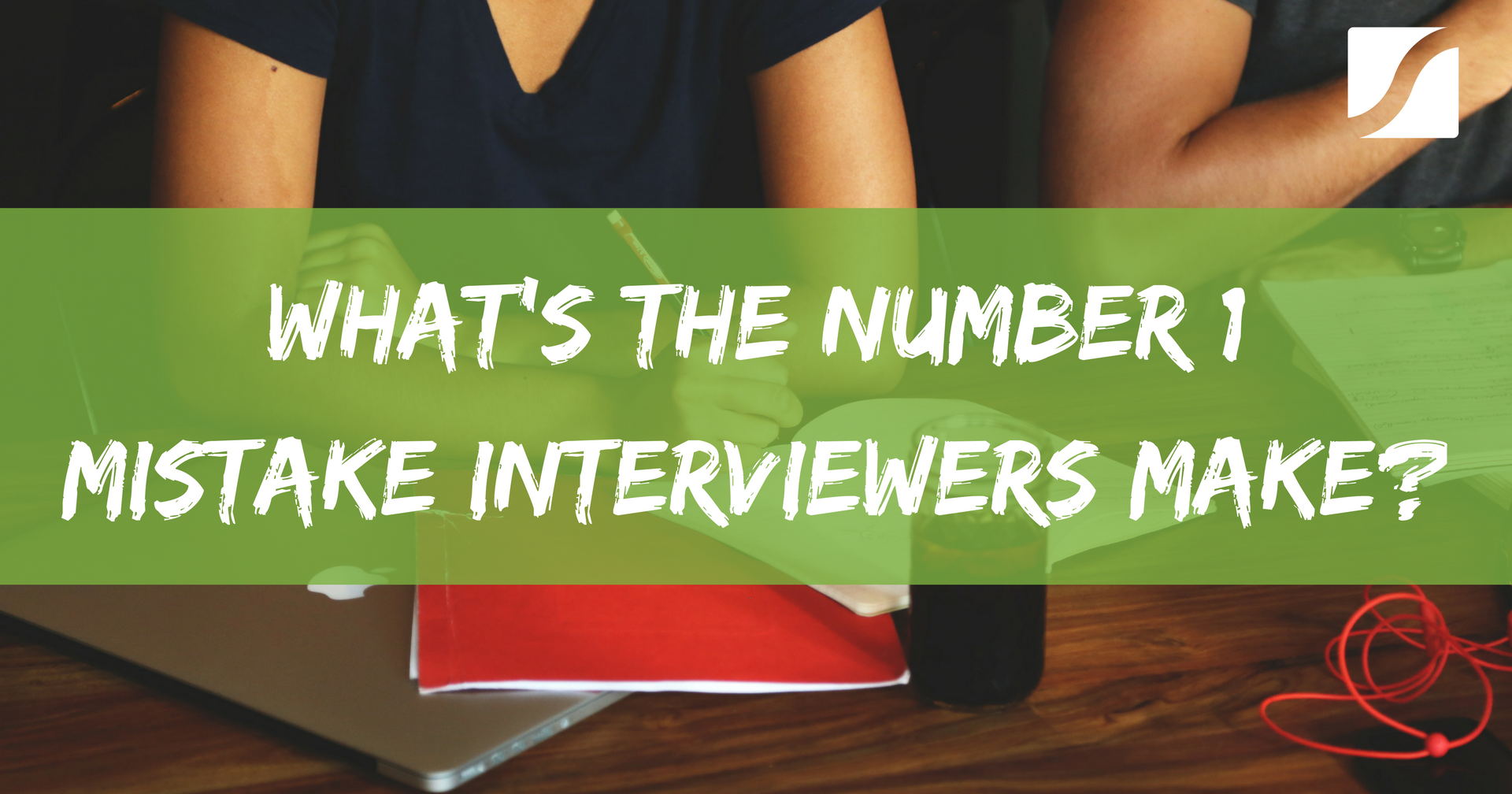Hire The Top Percent of Candidates By Interviewing This Way


When it comes to interviewing for open job positions, most of us can run through the typical process by heart.
- Quickly review the role's details to create a general job description.
- Conduct standard behavioral interviews with candidates whose resumes indicate they are a good fit.
- Reach out to references the promising candidates hand-select from their friends.
This approach may be common, but it isn’t effective. In fact, a top expert on hiring says it works about 25% of the time.
That means when you follow standard approaches to interviewing, only about a quarter of your hires become the cream of the crop. Dr. Brad Smart, hiring guru and president/CEO of Topgrading Inc., calls these high-performing employees “A Players.”
The old, hum-drum way of hiring, he tells us, leaves you with a whole lot of B Players and C Players, or those whose performance is adequate or poor. Only occasionally does the traditional interview process land you those coveted A players.
And that’s a problem when you’re trying to scale your business. Brad estimates that each hire who doesn’t live up to expectations costs your business $100,000, plus 100 wasted hours. If most of your interviews get you B Players and C Players, those costs add up.

Fortunately, Brad has developed some key Topgrading techniques you can follow as you interview candidates for your open positions. These techniques will improve your hiring success rate. They’ll help ensure that you have the right fit for each position. And they’ll fill your staff with A Players, saving you time and money and helping you scale your business.
The Topgrading Approach To Interviewing Job Candidates
Brad’s Topgrading Master Course outlines dozens of action items to build into your interviewing process. Start by incorporating just a few of those critical points, and you’ll be on your way to:
- Identifying top talent
- Weeding out embellished work histories
- Eliciting useful interview responses
The following are some of Brad’s top interviewing pointers—including a checklist of 7 rules to follow during the interview itself.
Identify Good Job Candidates
Instead of posting a hastily thrown-together job description, take the time to identify the key responsibilities of your open position and the outcomes you want the successful candidate to achieve.
Then look for A-Players who match the requirements of the job. They’re the ones who are:
- High performers
- Rated “excellent” or “very good” by former managers
- In the 10% of available talent
Want to go deeper? Check out this FREE Topgrading training (LIVE 6/14 and then available on-demand)
Find Authentic Top Performers
As you select candidates to interview, make sure you’re gathering accurate information about their past job performance.
- Elicit honest answers by providing them with a Topgrading career history form, which requests the kind of detail that goes beyond what an easily embellished resume can provide.
- Ask the candidate to be responsible for connecting you with their former managers, to verify the information the applicant is providing. Let the candidate know up front that you’ll expect them to coordinate that process.
- Then watch those who haven’t been completely honest in the information they’ve provided drop out of consideration.
- Conduct quick screening interviews before scheduling longer sessions, to narrow the field to only the best-fit candidates.
Follow 7 Key Techniques During Interviews
Once you’ve found the candidates most likely to be A Players in your open job, find out what really makes them tick by conducting interviews that go beyond the standard candidate-driven approach. These are Brad’s top 7 to-do items for conducting effective interviews:

1. Ask The Appropriate Questions
The Topgrading interview guide provides a list of must-ask questions about past positions, including those related to successes and accomplishments for each role. Ask each of those standard questions that the candidate hasn’t already addressed on their career history form or in the screening interview.
2. Connect With The Candidate
Connect with your applicant on a human level, injecting your own personality and sense of humor into the conversation. Too often, when interviewers are working hard to follow a set process for conducting interviews, they’re so focused on getting through the steps that they come off like a robot. Instead, focus on reacting to the interviewee’s responses and behaviors.
3. Maintain Control Of The Interview
Keep the interview on track by reining in the candidate if they drift off on tangents. Don’t be afraid to interrupt the applicant, if necessary, by reminding them that you need to stay on topic to stay on schedule. And if the candidate seems to be attempting to avoid a tough question, like what mistakes or failures they had at a job, keep asking until you get a reply.
4. Avoid Asking Biased Questions
You can’t lead the witness in a courtroom and expect straight answers, and you can’t ask biased questions during an interview and get accurate responses. Avoid asking leading questions like, “Did you get better organized after that challenge?” and accept a simple “yes” as sufficient. Ask for details that don’t lead your candidate toward an answer.
5. Take Thorough Notes
The detailed notes you take during the interview will help you reach your final decision, so be diligent about jotting down what the candidate says. Another reason for continuously taking notes is that extended periods of time without note-taking can be a red flag that the interview has gone off track. Remember Technique #3: Maintain control.
6. Ask Follow-Up Questions
Use follow-up questions to dig deeper and get a clear understanding of what your candidate is trying to convey. Brad gives the hypothetical example of an interviewee who says their boss wanted them to communicate better. That could mean all kinds of issues, from a need to improve their grammar to concerns about violating confidentiality. You need to know what, specifically, the communication concern was, so follow up until you get the details to understand the severity of the problem.
7. Summarize Points Every 15 Minutes
Stay engaged in the conversation by regularly summarizing what your interviewee says. About every 15 minutes, reiterate some main points the candidate just made and ask for additional information. This is a great way to show the candidate that you’re not just doodling while they speak—you’re interested in what they have to say and want to learn more.
Find An A Player For Your Next Open Position
Now that you’ve learned some of Brad’s top interviewing strategies, you’re on track to:
- Recognize A Players
- Find best-fit job candidates
- Gather reliable information
- Make the most of interviews
Our new ebook about Topgrading interview strategies provides additional insight for hiring the A-Players who will help you scale your business. Download the ebook today—and be ready to fill your next open position with the best talent available.
Want to go deeper? Check out this FREE Topgrading training (LIVE 6/14 and then available on-demand)



